Legion Go 2 vs original: side‑by‑side photos reveal key design upgrades
Lenovo Legion Go 2 and original Legion Go lying on their backs with their screens off.
![]()
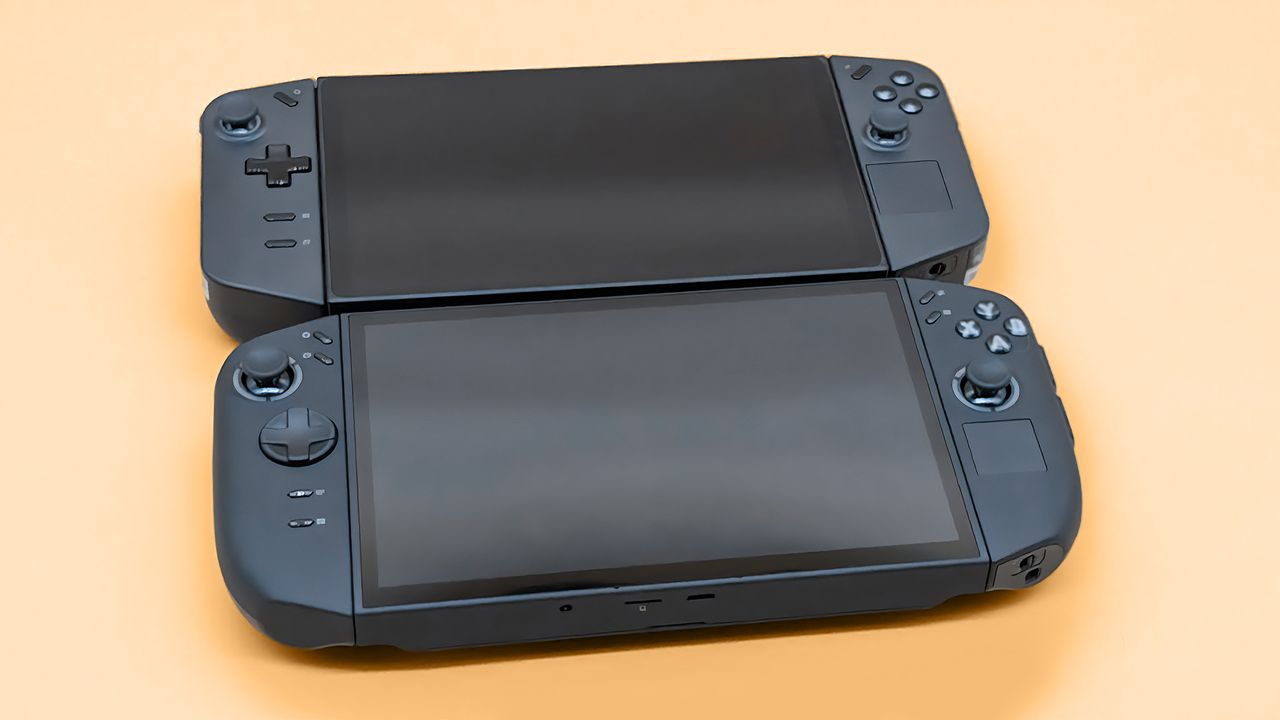
Lenovo Legion Go 2 and original Legion Go lying on their backs with their screens off.
![]()
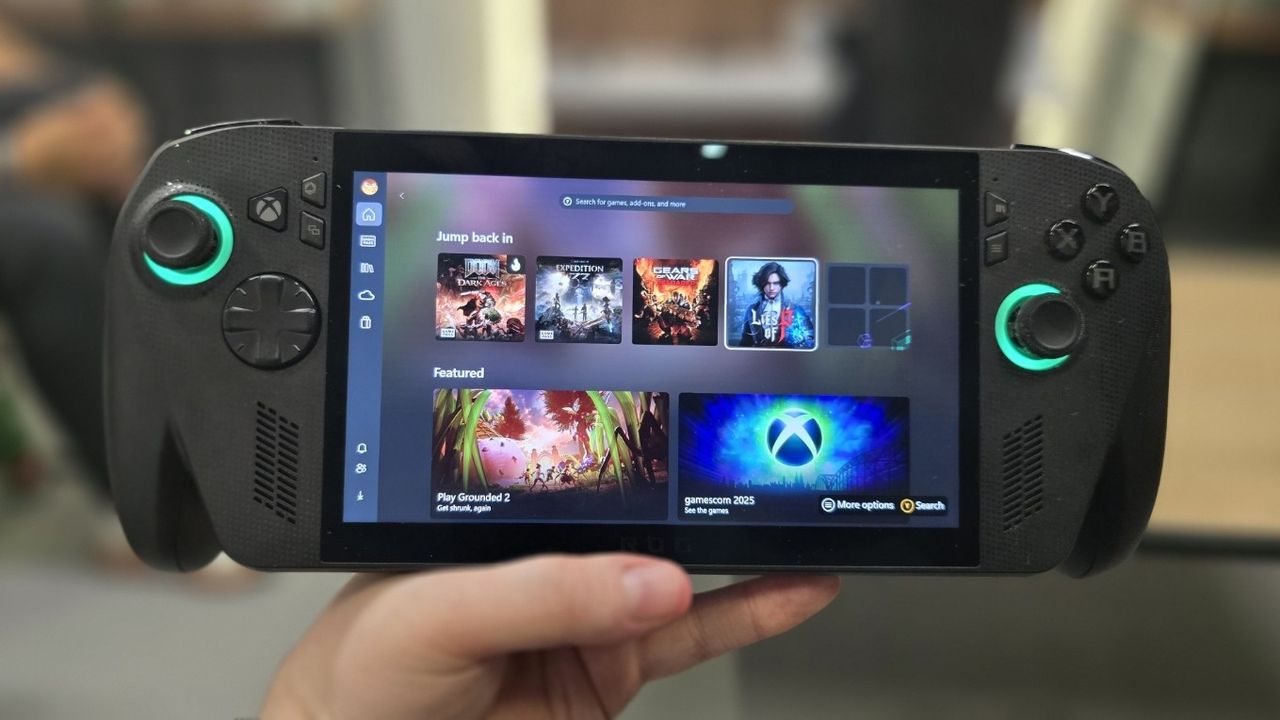
Xbox Ally
![]()
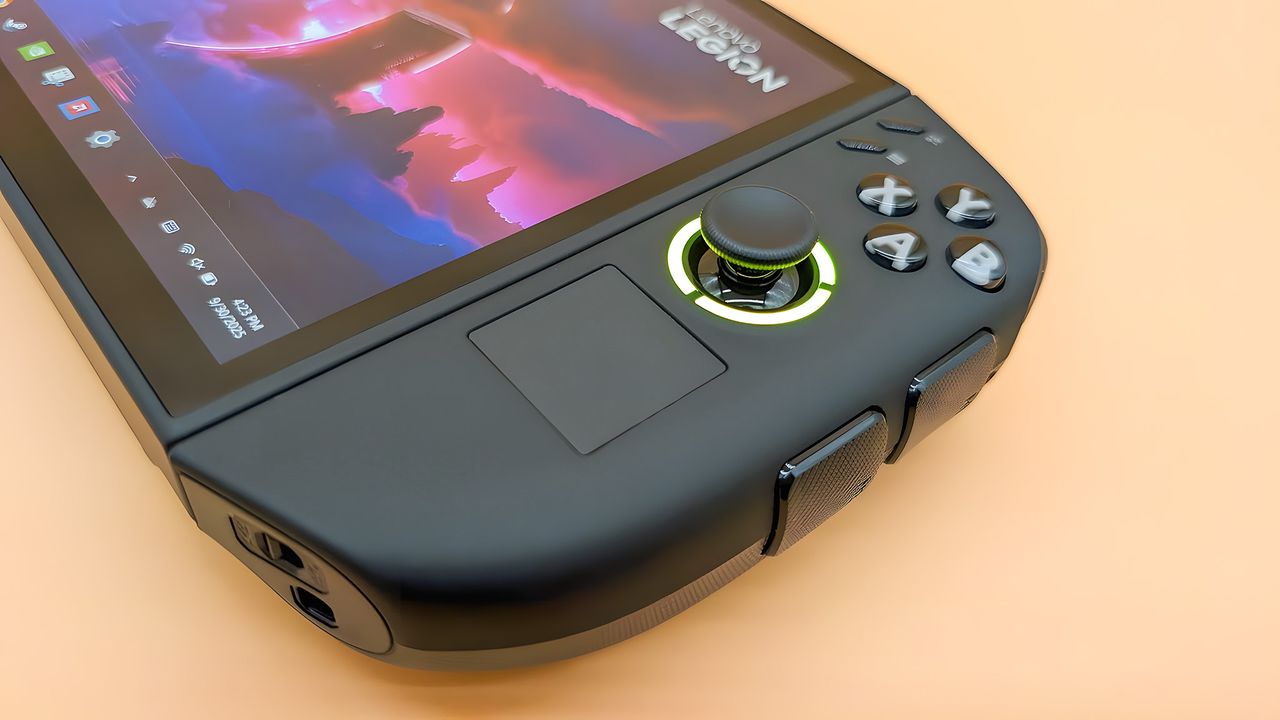
A closeup of the left controller while connected to the Lenovo Legion Go 2.
![]()
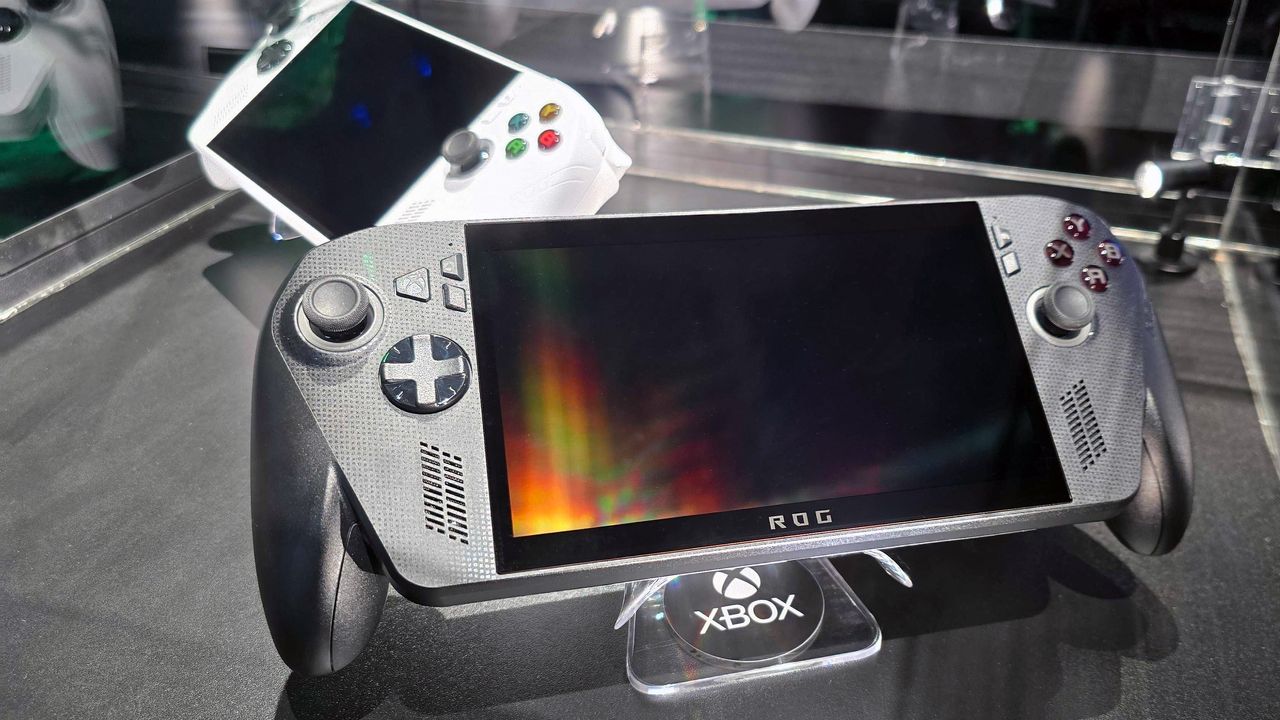
ASUS ROG Xbox Ally X (black) and ROG Xbox Ally (white) in a glass display case at Gamescom in August, 2025.
![]()
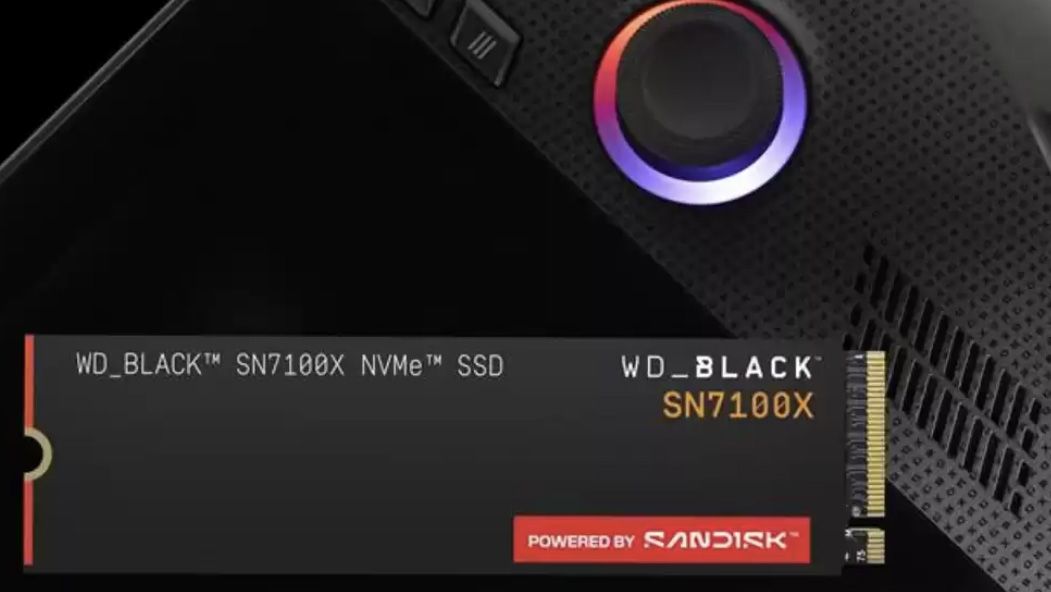
Sandisk exclusive, officially licensed storage drive with Xbox Ally X
![]()
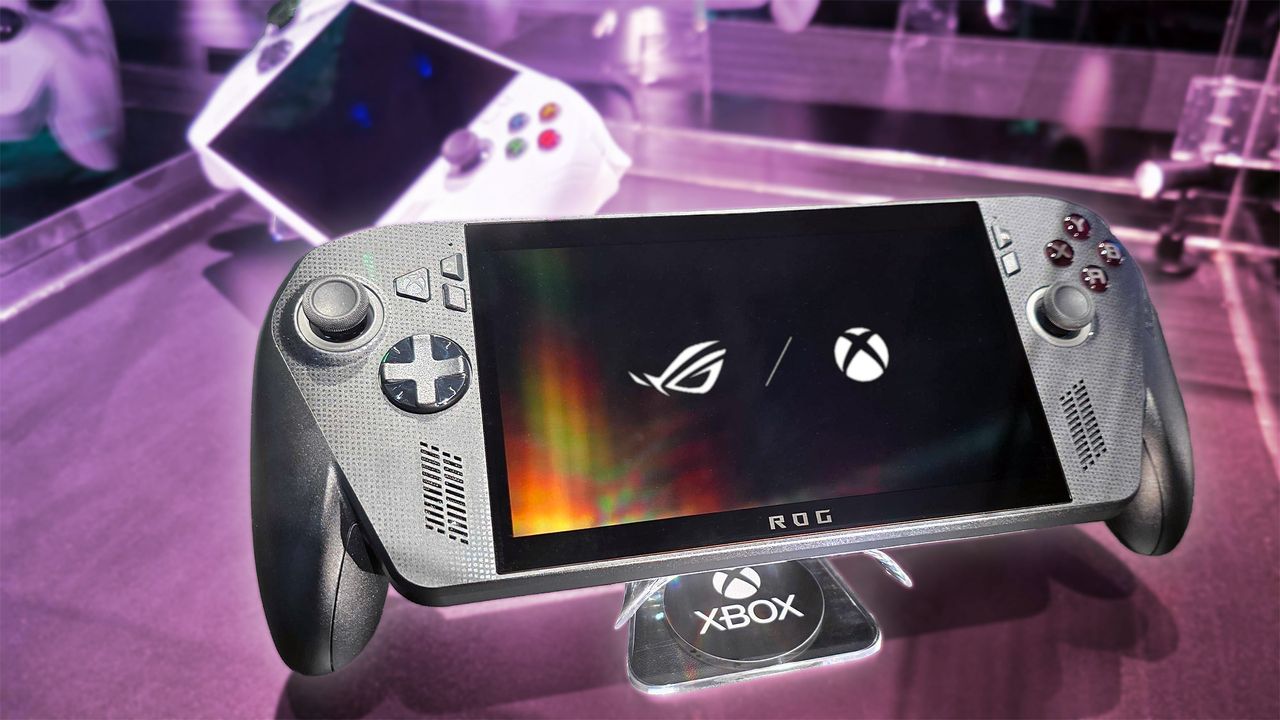
Xbox Ally X (front) and Xbox Ally (back) in a display case
![]()
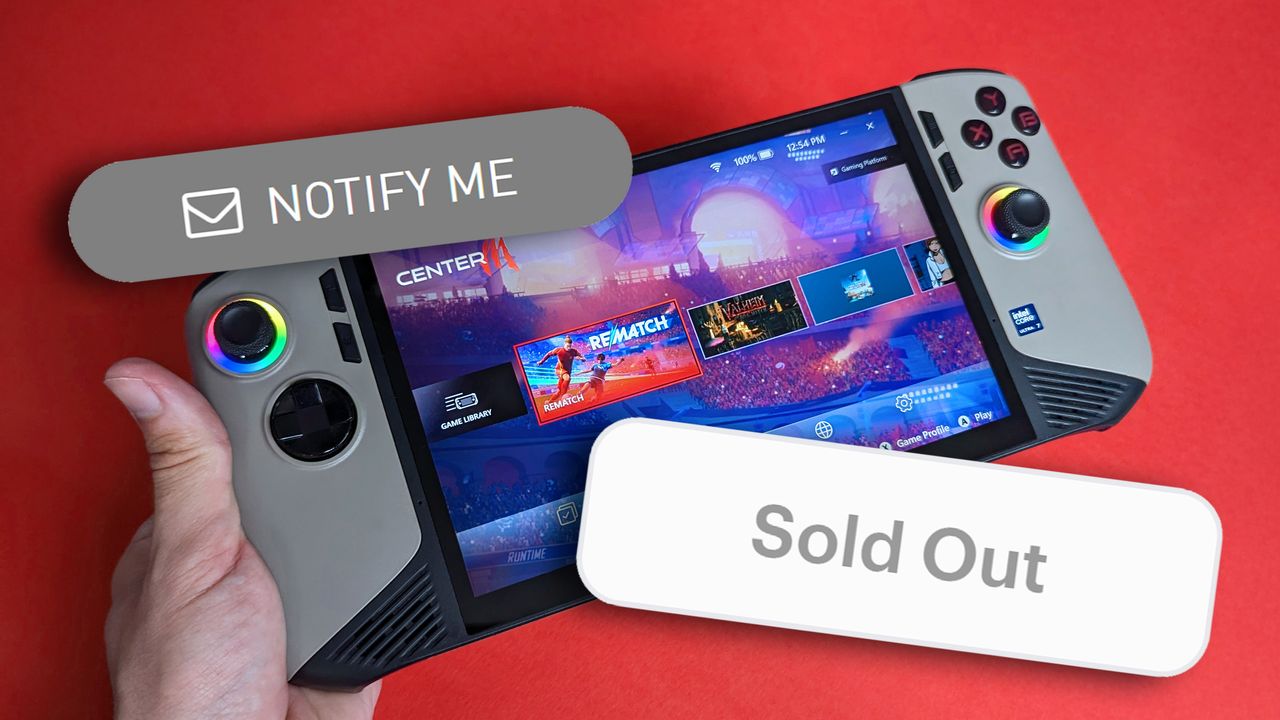
MSI Claw 8 AI+ handheld with a red background, behind 'Notify Me' and 'Sold Out' banners.
![]()
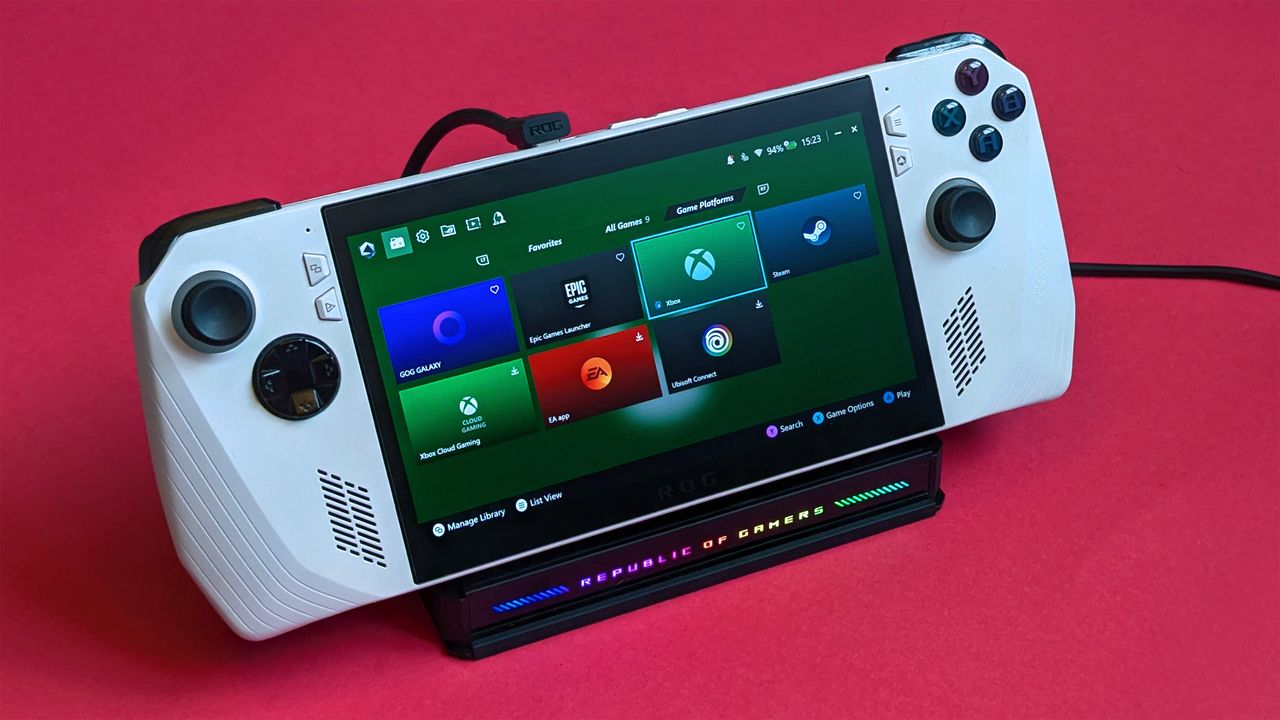
ASUS ROG Bulwark Dock (2025) on a pink card background
![]()
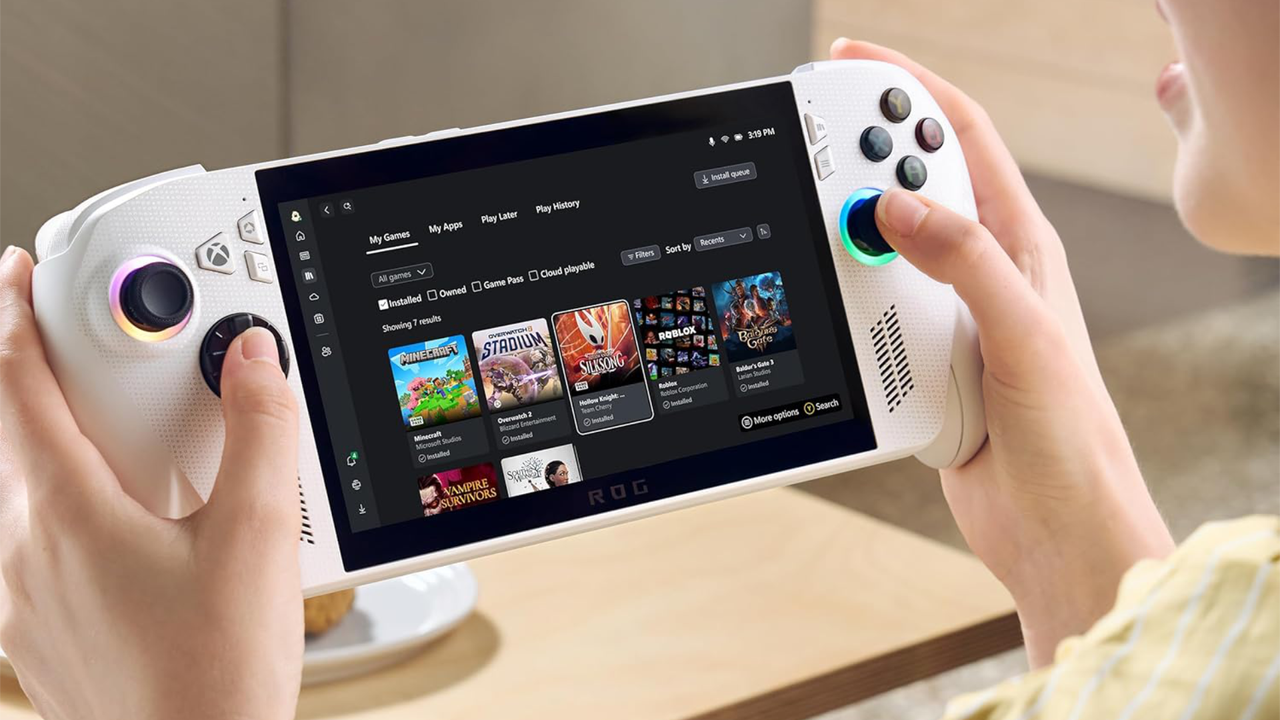
The Xbox Ally in use
![]()
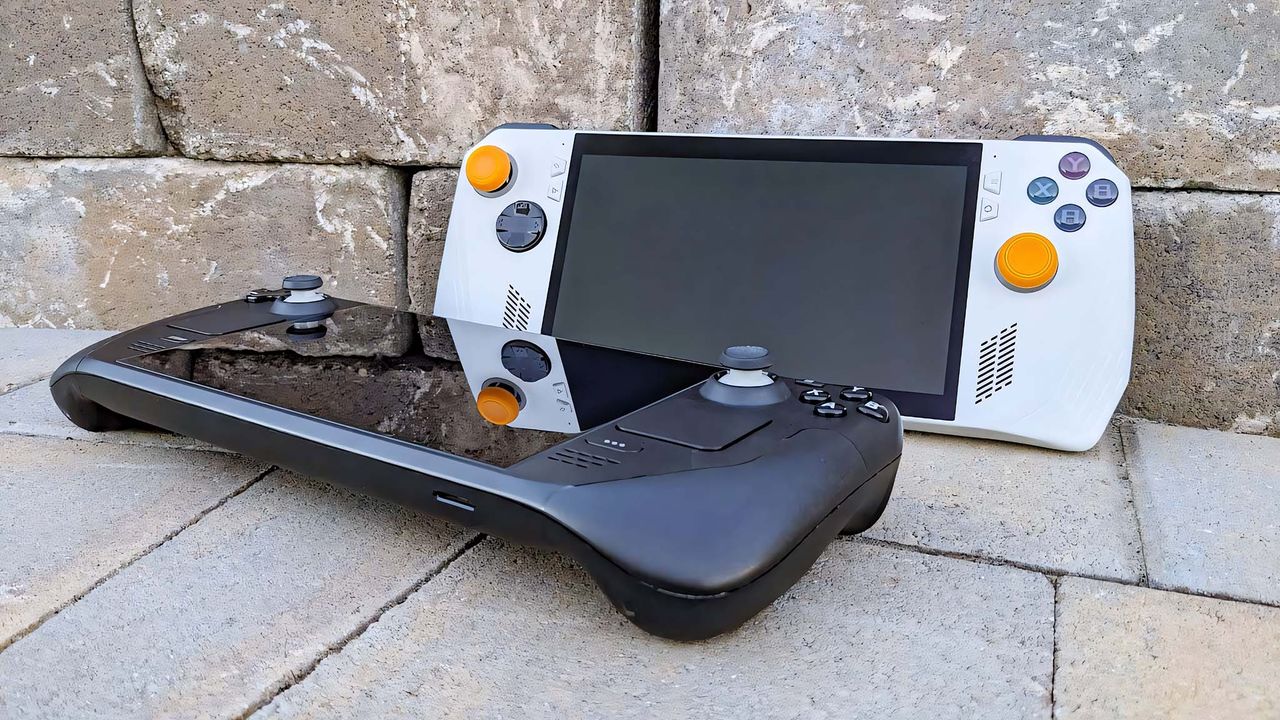
ROG Ally standing up and Steam Deck lying down.
![]()
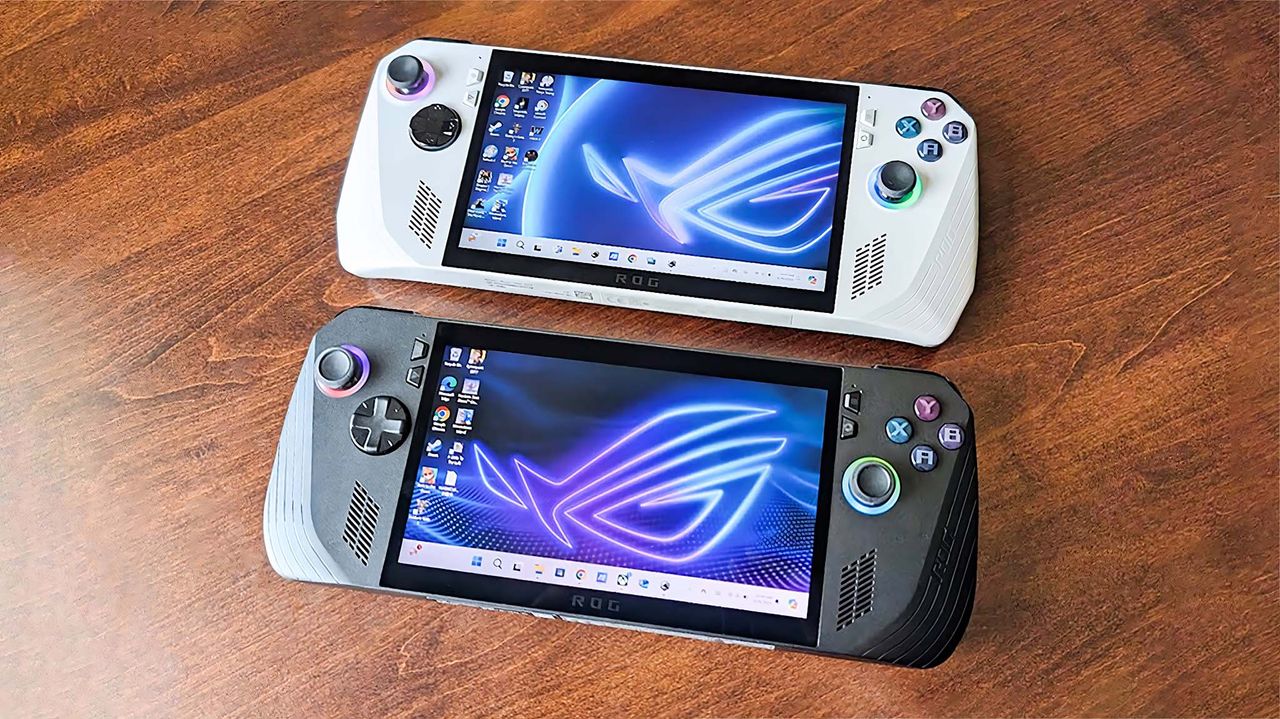
ROG Ally X vs ROG Ally displays.
![]()
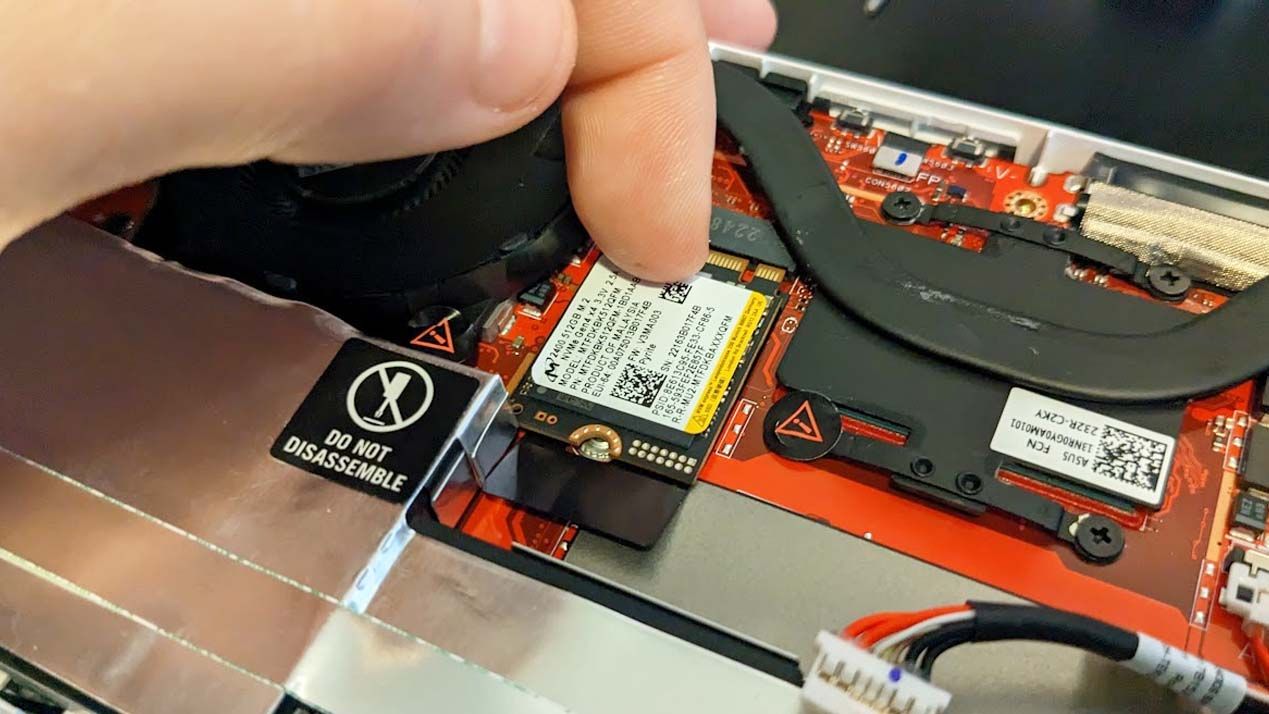
Remove the ROG Ally's SSD.
![]()
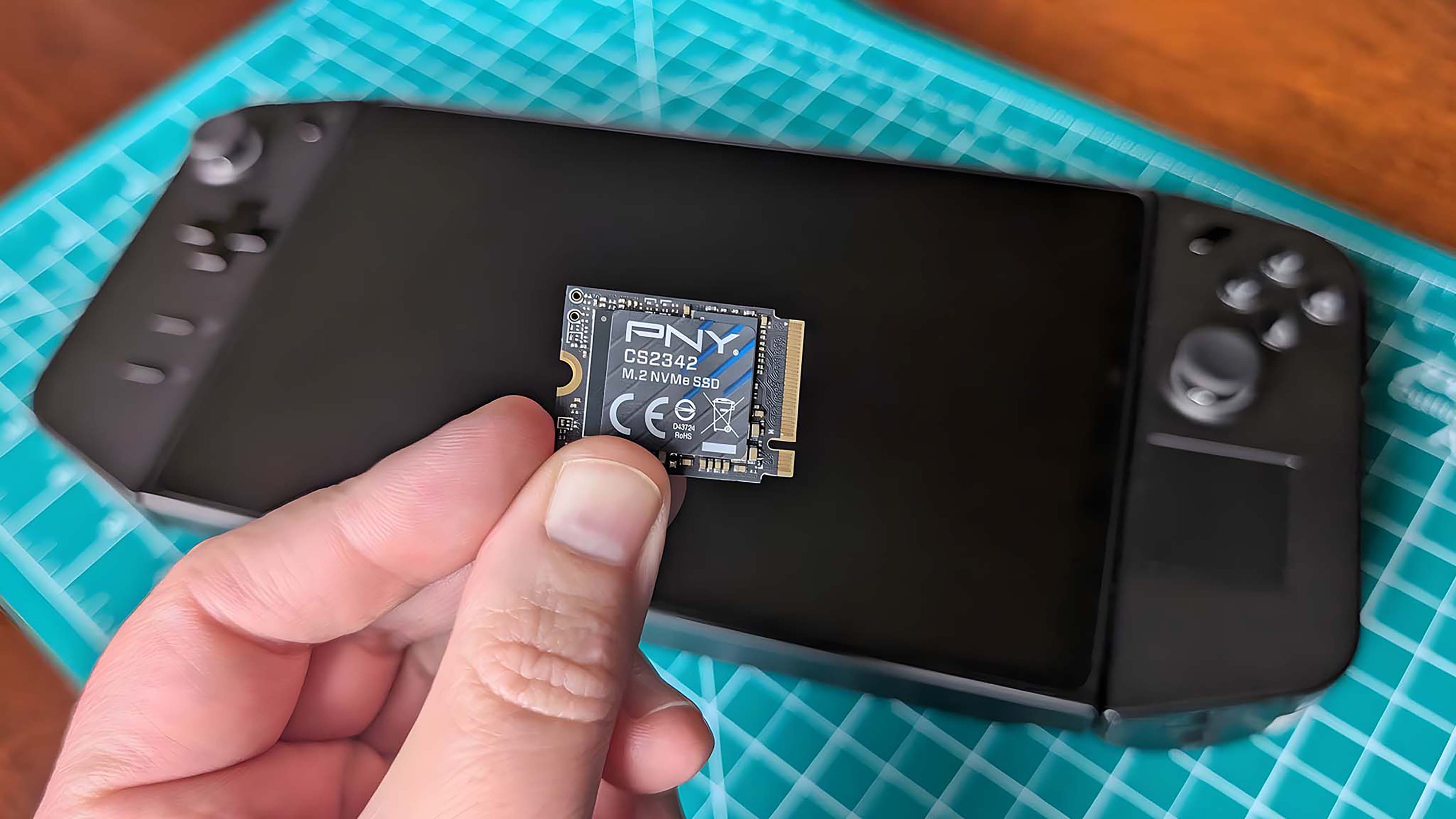
A hand holding the new PNY SSD over the Lenovo Legion Go.
![]()
![]()
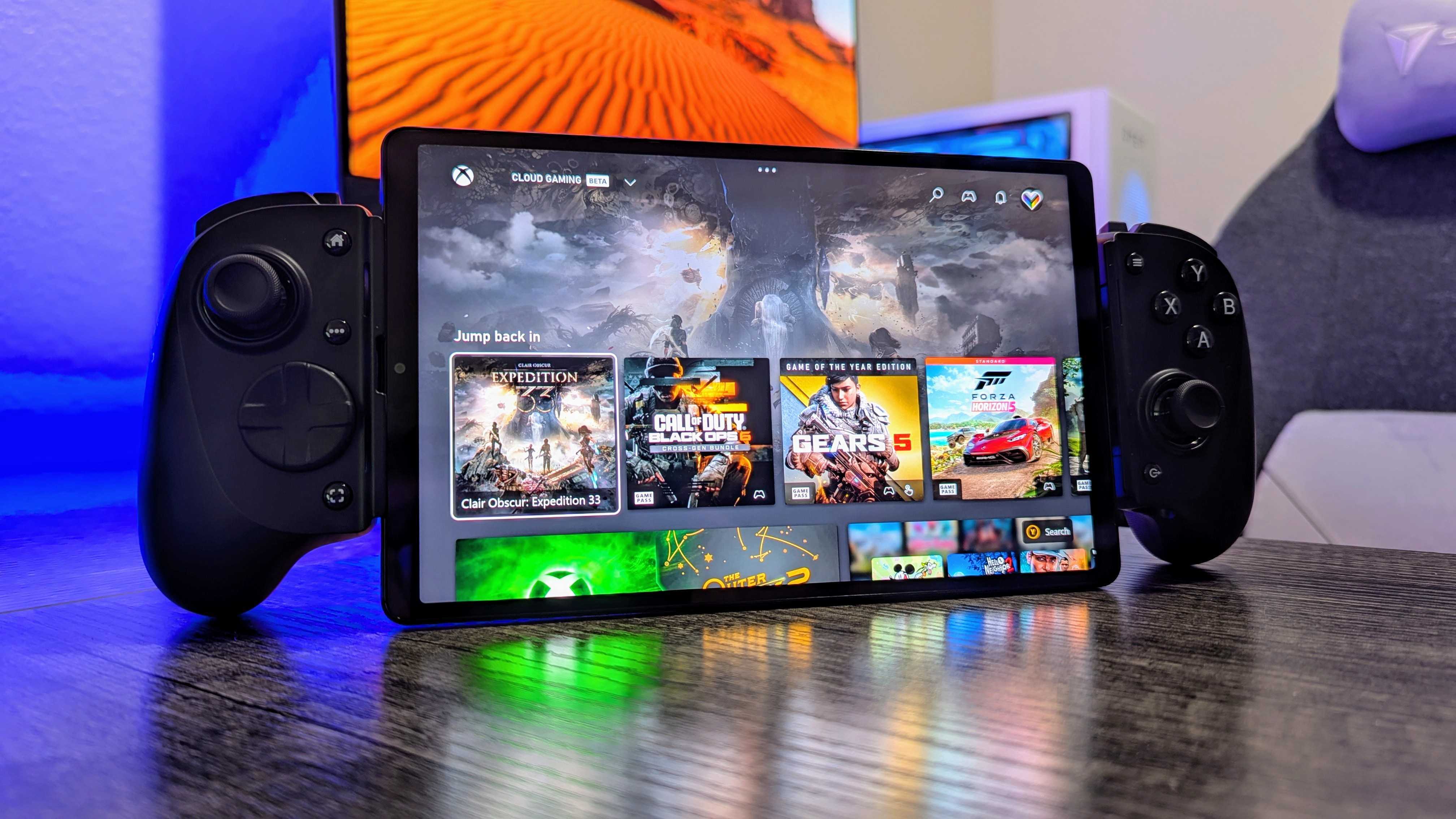
Image of the Razer Kishi V3 Pro mobile gaming controller.
![]()
![]()
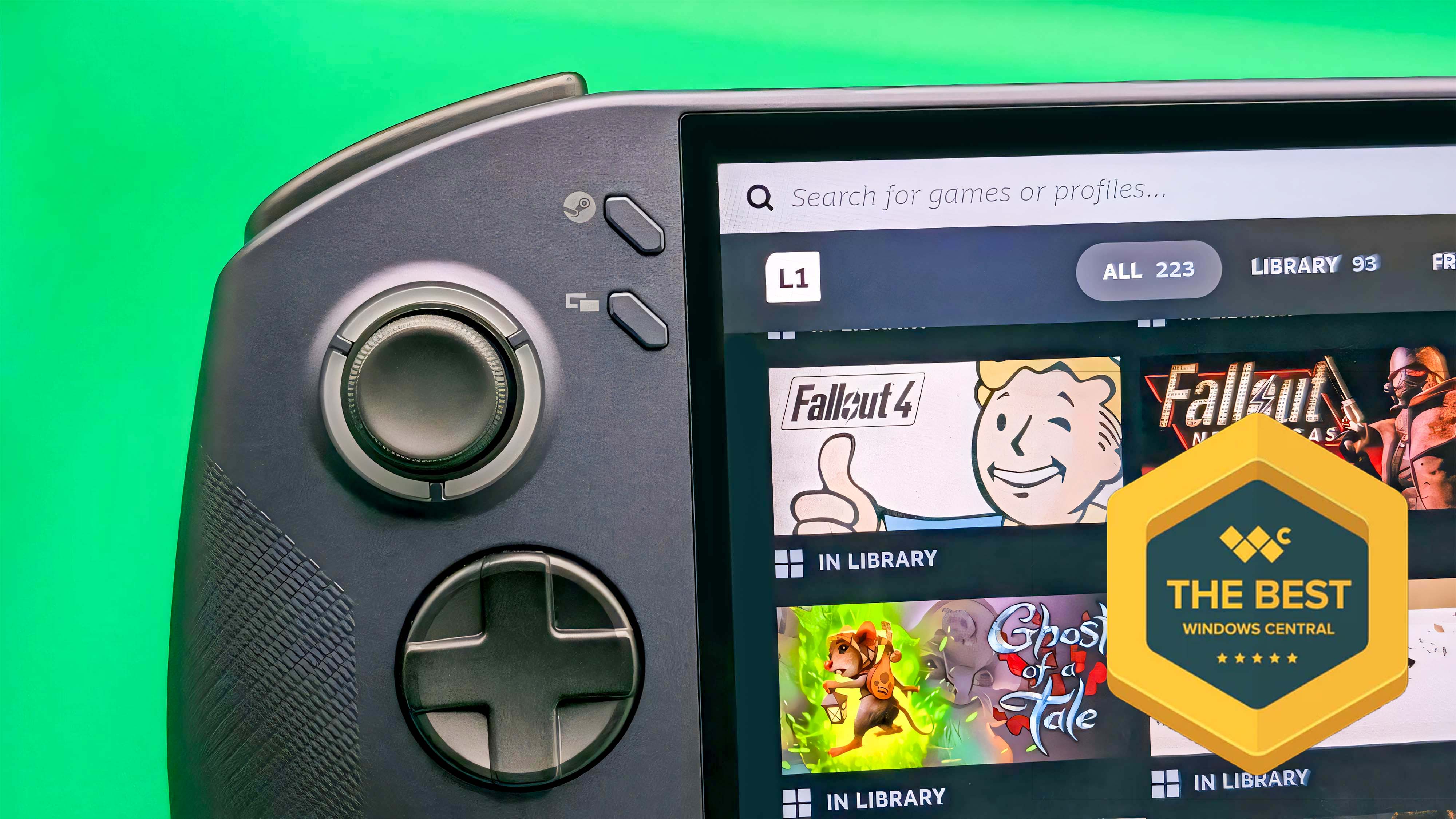
A closeup image of the Lenovo Legion Go S SteamOS's left side controls while it displays a Steam library. There is a yellow badge on the bottom left of the image that reads "The Best Windows Central."
![]()
![]()
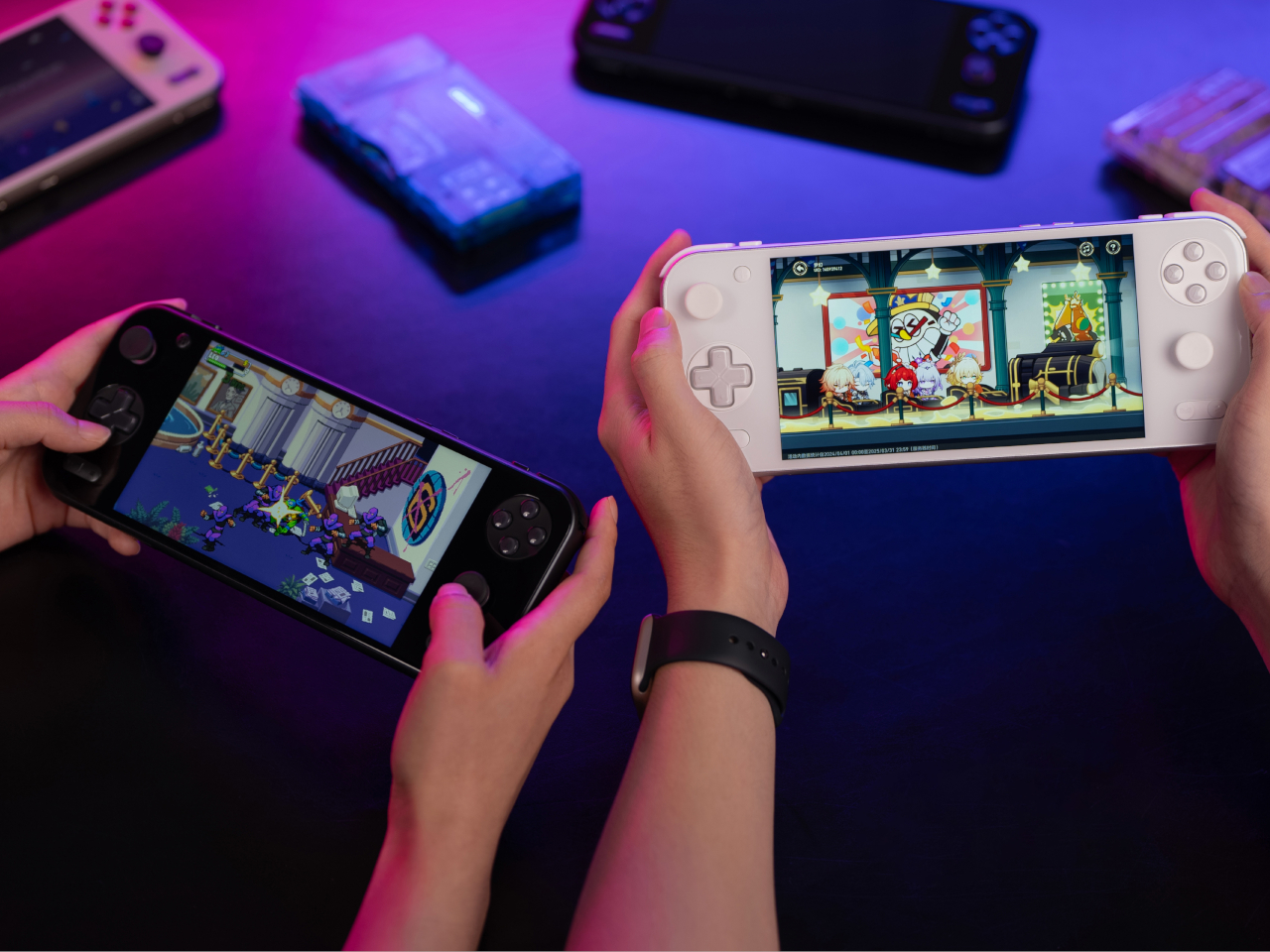
Gaming handhelds have come a long way from their bulky origins, but finding one that balances power with portability remains challenging. Most devices sacrifice aesthetics for performance or vice versa. The AYANEO Pocket S2 Pro tackles this dilemma head-on, combining flagship-level specifications with genuinely premium design elements that make it feel like a luxury device rather than another plastic gaming gadget.
What immediately catches your eye is the sophisticated construction. The CNC-machined aluminum mid-frame gives the device structural integrity while maintaining an incredibly slim 15.9mm profile. Combined with the borderless 6.3-inch display, the Pocket S2 Pro looks more like a premium tablet than a traditional gaming handheld. This attention to design detail sets it apart from competitors that often prioritize function over form.
Designer: AYANEO
![]()
![]()
![]()
The real innovation lies in the detachable directional pad system. Unlike fixed controls that force compromises, the Pro model lets you swap between traditional “cross” and eight-way directional configurations. Fighting game enthusiasts can attach the precision four-way pad for accurate quarter-circle motions, while action game players benefit from the eight-way setup for diagonal movement. This modularity addresses different gaming preferences without requiring multiple devices.
![]()
![]()
![]()
Hardware specifications match the premium exterior. The Snapdragon G3 Gen 3 processor delivers over two million AnTuTu points, while the substantial 10,000mAh battery provides extended gaming sessions. The 16GB of RAM paired with 1TB of UFS 4.0 storage ensures smooth performance and ample space for game libraries. TMR electromagnetic joysticks eliminate drift issues while offering customizable RGB lighting for personal expression.
Cooling represents another thoughtful engineering choice. The custom system incorporates a large copper plate spanning 6630mm² and an extensive fin array covering 14295mm². This thermal management maintains comfortable temperatures during intensive gaming while sustaining the full 20W power output. Extended play sessions remain comfortable without the device becoming uncomfortably warm.
![]()
![]()
![]()
AYANEO understands that gaming handhelds can be personal statements. The limited edition variants reflect this philosophy beautifully. The Retro Power edition channels classic Nintendo aesthetics with its red and beige color scheme, appealing to nostalgic gamers. Meanwhile, the B.Duck collaboration brings playful yellow accents and toy-like charm, targeting collectors who appreciate unique designs over conventional gaming aesthetics.
![]()
![]()
The differences between Pro and standard models justify the price premium. Beyond the obvious 16GB RAM versus 8GB and 1TB versus 128GB storage disparity, the Pro exclusively features the detachable directional pad system. The enhanced 60W fast charging compared to 40W also reduces downtime between gaming sessions, while the larger 10,000mAh battery extends portable play time significantly.
![]()
![]()
At $699, the Pocket S2 Pro commands premium pricing, but the combination of innovative controls, luxurious materials, and powerful internals creates compelling value. Whether you prioritize the modular controls, appreciate the sophisticated design, or simply want the most capable Android gaming handheld available, the Pro model delivers an experience that feels genuinely different from typical gaming devices.
![]()
The post AYANEO Pocket S2 Pro gaming handheld delivers premium looks and swappable D-pad controls first appeared on Yanko Design.
![]()
Switch 2 is agonisingly close to release at the Nintendo Direct event which will be held on April 2, 2025, at 9 AM Eastern and 6 AM Pacific. The company teased the highly anticipated handheld console in January, and many speculations have ignited the upcoming release since then. At that time Mario Kart 9 was shown off being played using revamped Joy-Cons. The accessory was also used as a mouse, sliding on a flat surface, which is interesting.
The upcoming event that’ll now officially reveal more technical details of the home console cum hybrid handheld that’s bigger than the predecessor. We eagerly await the sequel for a clearer picture of the ‘C Button’ functionality, USB-C ports, and the Joy-Con being used as a mouse input. It is also expected that the price and availability of the Steam Deck killer will be announced at the upcoming event. While a deleted Reddit account had a post revealing the launch date for Nintendo Switch 2 to be May 22, we’ll look at what’s just ahead of us.
Designer: Nintendo
![]()
![]()
Keeping our focus on the Joy-Cons that were briefly shown to have a mouse-like input, there’s more on this development. A patent filed in August 2023 by Nintendo was published yesterday, giving more details about what the controller can do. There are multiple use case scenarios for this input device, one of them being the mouse functionality along with the associated control schemes. We have to keep in mind though, there’s no mention of Switch 2 anywhere in the patent description, and the assumption is purely based on the factual probabilities.
![]()
![]()
The renders of this patent clearly show a Joy-Con-like device being used as a mouse. The gadget has a front surface, a first slide surface, directional inputs, an upper surface button, and a sensor for mouse operation. In one of the rendered diagrams, the controller is held horizontally with the thumb of the player on the control stick and the SR and SL buttons facing downwards. By reasonable logic, this means the optical sensor will be downwards, so that the device input can be registered in a mouse-like orientation. It looks like the right side of the controller can be placed on a flat surface for mouse-like functionality. In this orientation, the controller can be docked and charged by the look of things.
![]()
![]()
This mystery device will have a wrist strap attachment slot with a mention of the “magnet” word 355 times indicating the attachment mechanism to be a more convenient magnetically attaching mechanism. We can also not rule out the possibility of Joy-Cons attaching to the Switch 2 magnetically too. Given the rumors that have surrounded the Switch 2 and the Joy-Cons lately, these seem like the missing pieces in the puzzle of what mouse-like controller we have in hiding when the console is finally in our possession.
![]()
![]()
The post Switch 2 Joy-Con mouse functionality reiterated by a published Nintendo patent first appeared on Yanko Design.
Although handheld gaming devices have existed since the earliest days of the Game Boy, the recent craze can probably be attributed to the unprecedented and unexpected success of the Nintendo Switch. More than just portability, it offered flexibility in gameplay, especially with its innovative removable Joy-con controllers. Although it continues to be a successful product, the almost eight-year-old device has started showing its age.
In typical Nintendo fashion, it has taken years for a successor to arrive, but the wait is finally over. After no small amount of clamor and a few leaks and false leads, the Nintendo Switch 2 has finally been confirmed to be coming this year. And while the teaser video is light on the details, there is definitely enough for fans to chew on until the official reveal in April.
Designer: Nintendo
![]()
![]()
![]()
Right off the bat, Nintendo wants to make it clear that the Nintendo Switch 2, which is its official name, is bigger than the OG Switch. You will, however, also notice a complete switch (pun intended) in color schemes. While the first Nintendo Switch drew your attention to its Blue and Red Joy-cons, the Switch 2 carries an almost completely black color scheme, with the other hues acting only as highlights on the controllers. To some extent, this makes it match the predominantly black aesthetic on handheld gaming PCs these days, though Switch 2 owners will most likely apply skins anyway.
![]()
![]()
![]()
There are, of course, even bigger changes all around, starting with, at long last, a second USB-C port at the top of the device, hopefully saying goodbye to awkward charging positions and hello to more accessories. The flimsy bar-style kickstand has also been replaced by a wide U-shaped design, giving not only more stability but also more angles. You can finally lay the Switch 2 almost flat on a table, for whatever reason you might want to.
![]()
![]()
The Joy-cons also undergo a significant change beyond the increase in size. Gone is the rail mechanism that gave the Nintendo Switch its iconic snapping sound, replaced by hopefully more reliable magnets with a matching snapping sound. The dock has also been given a facelift with rounded corners and a matte finish. All in all, the Nintendo Switch 2 exudes a more mature character than its predecessor, though it’s not clear how that will appeal to those who prefer Nintendo’s Fisher Price aesthetics.
![]()
![]()
Unsurprisingly, Nintendo is silent on the internals, so it’s still anyone’s guess how much more powerful the Switch 2 will be. Don’t hold your breath that it will go head-to-head with handheld PCs or even current-gen consoles, though. That just isn’t Nintendo’s style. Especially since Nintendo is promising compatibility with some, but not all, first-gen Switch games. More details will be revealed in the company’s Direct stream on April 2, but it looks like the launch title has already been decided to be Mario Kart.
![]()
The post Nintendo Switch 2 Official: The Handheld That Restarted It All Has Grown Up first appeared on Yanko Design.
Handheld gaming PCs like the Steam Deck, Lenovo Legion GO, and ASUS ROG Ally have proven to be popular designs in a somewhat niche market. Despite their small sizes, at least relative to laptops, these computers are quite capable of driving even graphics-heavy triple-A games, at least with reasonable settings. And as with any gaming-worthy computer, these handheld PCs are also capable of doing just about anything, including office productivity or even content creation.
That said, their designs are hardly conducive to use cases outside of gaming, especially for tasks that require at least a keyboard. There are alternative designs from the likes of AYANEO and GPD that do add a tiny keyboard, but those are meant more for chatting than actual work. This upcoming newcomer, however, wants you to have your cake and eat it too, and it’s using a rather ingenious design that supports both games and productivity without compromising too much.
Designer: ONE-NETBOOK
![]()
![]()
We’ve seen handheld gaming PCs that look like laptops, but these usually compress the keyboard in order to make room for gaming controls like joysticks and buttons. This creates a usable but not ideal experience, where typing is doable but uncomfortable and gaming is bearable but not always enjoyable. And that’s not even considering issues with ergonomics for both sides of the coin. Short of having a shape-shifting computer or a modular design (that has actually been done before as well), there’s really no easy way to bridge these two together, at least until now.
![]()
Unlike its predecessor that attempted to create a hybrid between a Nintendo Switch handheld and a Microsoft Surface tablet, the ONEXPLAYER G1 embraces the form factor of a small 8.8-inch laptop. Opening it up reveals what looks like a regular physical keyboard, complete with a tiny touchpad, so you might not even consider it as a gaming computer until you remove that keyboard. Yes, that keyboard is actually wireless and connected to the computer using magnets only, and lifting it up reveals the handheld’s gaming chops.
![]()
Underneath this removable keyboard are analog joysticks, a D-Pad, and face buttons, the essential parts of a game controller. Because there isn’t a critical need to have a keyboard, the design is able to accommodate a more comfortable arrangement of buttons similar to an Xbox-compatible controller. Of course, there are also triggers and shoulder buttons at the back of the laptop, as well as a number of extra buttons.
![]()
![]()
What’s interesting about this design is that even this gaming “mode” still has a split keyboard below the controls. It’s not immediately clear whether these are capacitive keys on a glass surface or if they’re just very low-travel keys for basic chat needs. Either way, it’s definitely an interesting twist on the handheld gaming PC design, though the price for such a multi-functional beast will probably cost as much as a laptop as well.
![]()
The post Mini gaming laptop has a removable keyboard to easily switch between work and play first appeared on Yanko Design.